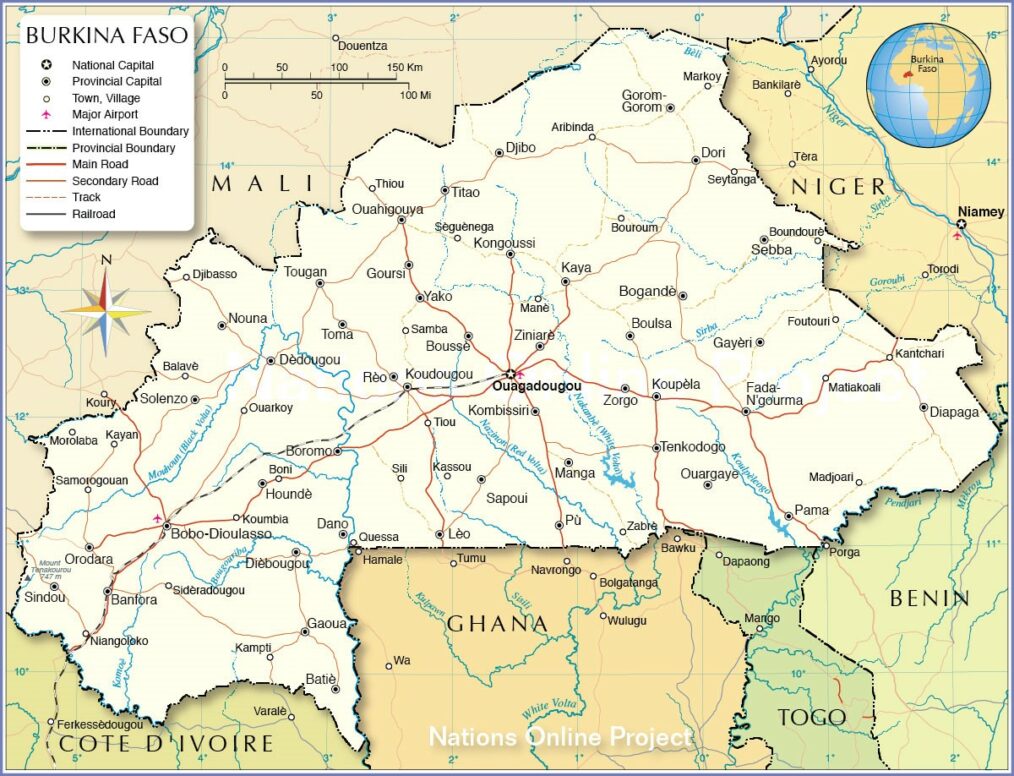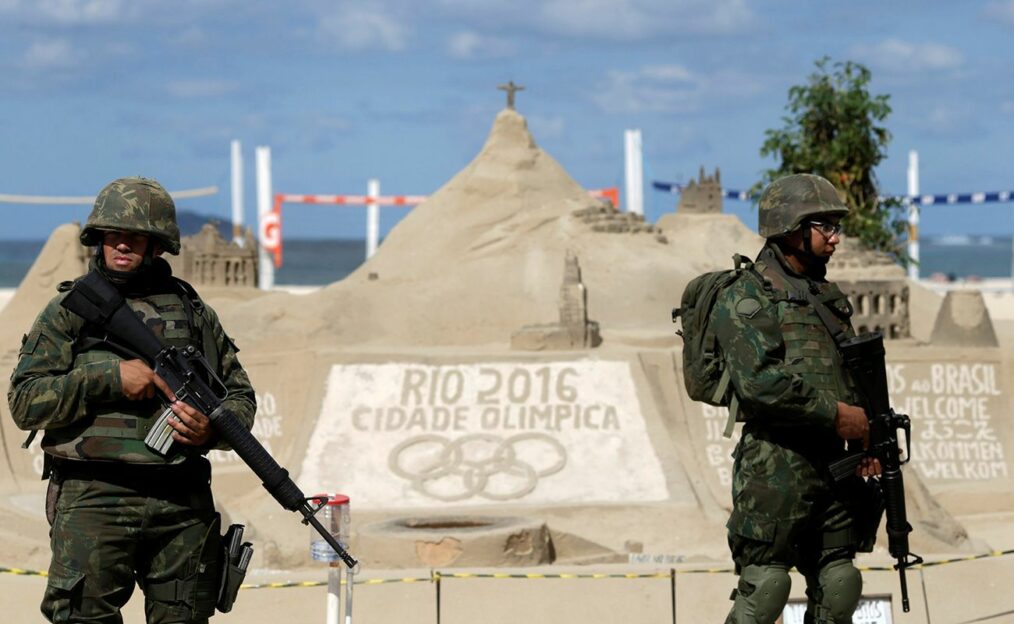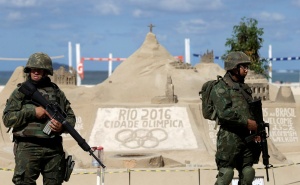Since ISIS’, or Daesh’s, ascension to power, following the chaos of the Syrian uprisings in 2011, the world has watched as these Islamists used increasingly brutal tactics to secure huge swaths of land in both Syria and Iraq. They targeted fragile, war-torn countries with low state capacity and worked to push their own agenda. The religious fundamentalists quickly gained international fame as they exploited the realm of social media to a new level, posting videos and creating multiple accounts on different platforms to attract followers from across the globe. However, the magnitude of their global attention eventually worked against the organization as the United States and other nations showed support and entered Syria for the sole purpose of extinguishing ISIS.
Over 30,000 airstrikes later and aggressive military policies by the United States, backed by around sixty-eight other countries, ISIS has lost most of its territory it formerly held in Iraq and Syria. Despite this, the group has managed to keep a small piece of land near the Syrian-Iraqi border for more than a year now. The plot of land is tucked around a quaint Syrian town known as Hajin in the Deir al-Zour province. Occasionally, militants still attempt to stage an attack outside of the small parcel of land they control, but even these attacks appear feeble and unorganized, like the last breath before they cease to exist any longer, unlike their prior attacks. Especially the attacks that took Europe by surprise in 2014 and 2015. However, it has been more than four years since Abu Bakr al-Baghdadi, the leader of Daesh, declared the caliphate and those attacks seem to be a distant memory to many. Today it appears to most of the world that ISIS is not only no longer a threat but has been eradicated from existence.
Maxwell B. Markusen, associate fellow at the Center for Strategic and International Studies in D.C., spoke to the New York Timesand stated that this rhetoric commonly being used is destructive as it insinuates that ISIS is no longer a threat. Although the area they control has seriously diminished, this is not the case. ISIS’ lightning fast rise to the forefront of the world’s most feared organizations is mainly the result of the propaganda and recruitment arm that remains active. ISIS is currently broadcasting their videos and messages at a similar pace as they were when at the height of their power. There were more attacks in 2017 than in 2016 and although the numbers of successful attacks have gone down significantly, attempted attacks continue at a pace similar to that in 2015. Although their territory has diminished it is thought that they still retain around 30,000 members in total throughout Syria and Iraq, though these numbers cannot be confirmed. The American led fight to take Hajin, the last place ISIS officially operates from, is proving harder than anticipated, even with the help of the Syrian Democratic Forces. ISIS is pushed back against a corner and has no problem fighting like there is nothing to lose. They have been reported to use the civilians which has only slowed fighting further.
Recently, President Donald Trump tweeted a video statement where he declared, “we have beaten them, and we have beaten them badly. It’s time to bring our troops home…We won.” While many families will be rejoicing as their sons and daughters are sent home, one must wonder if pulling the estimated two thousand American troops out of Syria is the correct move. Not only is ISIS’ presence and influence still widely felt, it leaves only Russia, Iran and Hezbollah as the major players in the geopolitical center of the Middle East. Bordering Syria are five of the U.S. allies: Israel, Jordan, Iraq, Turkey, and Lebanon. None of these allies will appreciate the abrupt removal by the U.S. Once the U.S. leaves they give up their position of diplomatic leverage and forfeit it to the aforementioned countries still involved. The announcement came as a surprise, but will no doubt be greeted warmly by both Russia and Bashar al-Assad, president of Syria. Russia has long fought for sole influence over Syria and has long desired it as a military base for their naval and air forces. The Trump administrations own team seems to have been taken by surprise as well. Brett McGurk, the State Department’s Special Envoy for the Global Coalition to Defeat ISIS, said at a briefingon December 11th, “if we’ve learned one thing over the years, enduring defeat of a group like this means you can’t just defeat their physical space and then leave. You have to make sure the internal security forces are in place to ensure that those gains, security gains, are enduring.”
Haphazardly pulling troops out may seem like a good move after years of being stationed in a war zone, but McGurk is accurate in his assessment. The U.S. has on more than one occasion, think Afghanistan and Iraq, acted against unfit regimes or terrorist organizations and then quickly left soon after the fighting slowed. ISIS is not obliterated; they still exist and are actively recruiting new followers. Leaving a country without infrastructure or institutions to maintain peace will only result in the resurfacing of the movement. The age old saying, ‘history repeats itself’ will ring true if the U.S. chooses not to learn from its past. In this situation, the U.S. should not pull out all troops and leave the region void of its influence. Instead, the U.S. should focus on rebuilding what they have aided in destroying and use their influence to not only keep ISIS at bay but also to work with other nations, including Syria to rebuild the country and its institutions. This in the long run will leave less space for terrorists’ organizations such as ISIS to flourish as many of the capabilities to protect against extremism are found within strong infrastructure and institutions.









